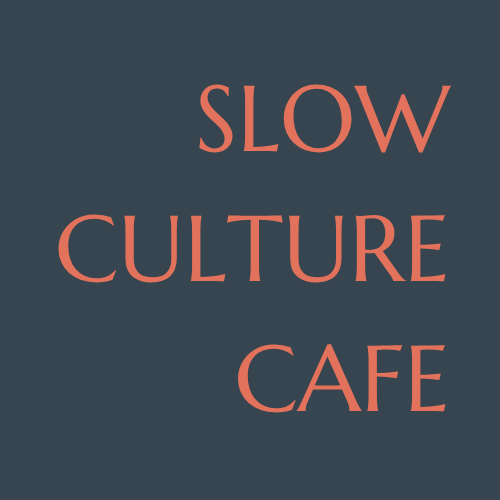The Lost Art of Kintsugi: Mending Pottery and Psyche in Modern Japan
When a beloved ceramic bowl cracks, most of us reach for super glue or, more likely, the recycling bin. In doing so, we participate in a culture that equates damage with disposability, perfection with worth. Yet in Japan, a centuries-old practice offers a radically different response—one that transforms breaks into beauty and sees fracture lines as opportunities for gold.
Understanding Traditional Japanese Kintsugi Repair Techniques
Kintsugi, literally "golden joinery," emerged during Japan's Muromachi period when shogun Ashikaga Yoshimasa sent a damaged tea bowl to China for repair. It returned crudely mended with metal staples. Disappointed, Yoshimasa challenged Japanese artisans to create something better. Their solution revolutionized how an entire culture perceives imperfection.
The authentic kintsugi pottery repair process uses urushi lacquer—tree sap that requires weeks to cure between applications—mixed with powdered gold, silver, or platinum. This isn't quick craft therapy. Learning kintsugi as a mindfulness practice requires patience, a quality that our instant-gratification culture has largely abandoned. Artisans apply multiple lacquer layers, allowing each to harden fully before adding the next, then dust the final coat with precious metal powder that catches light along every former fracture.
The result transcends restoration. A kintsugi-mended bowl becomes more valuable than its original form, its golden veins documenting survival and transformation. This philosophy, rooted in the Japanese aesthetic concept of wabi-sabi—finding beauty in imperfection and impermanence—challenges the core of North American consumer culture.
How Ancient Japanese Craft Therapy Heals Modern Anxiety
Contemporary kintsugi workshops for beginners in urban centers across North America reflect a growing hunger for practices that slow us down and reconnect us with materiality. Participants aren't merely learning sustainable craft practices for reducing household waste; they're engaging in what psychologists call "therapeutic making"—creative work that processes emotional experience through physical transformation.
The metaphor runs deep. As we carefully gather broken pieces, we confront our relationship with damage. As we wait days between lacquer layers, we practice patience that technology has trained us to abandon. As we watch gold trace fracture lines, we witness beauty emerging from what we'd labeled worthless. For those exploring Japanese philosophy as a means of coping with perfectionism, kintsugi offers tangible proof that wholeness doesn't mean unmarked.
Modern practitioners, such as Tomomi Kamoshita, who teaches kintsugi techniques for repairing broken ceramics at home, emphasize that imperfect repairs carry their own legitimacy. Your first attempts won't achieve museum quality, and that's precisely the point. The trembling hand that applies uneven lacquer lines is itself engaging in kintsugi—mending the break between who you think you should be and who you actually are.
Bringing Kintsugi Principles Into North American Life
Starting with DIY kintsugi repair kits for chipped pottery allows experimentation without the intimidation of formal training. These accessible versions use food-safe epoxy and mica powder rather than traditional materials, making the practice available to anyone with a broken favorite mug. While purists might object, accessibility serves the philosophy—better to begin imperfectly than never begin at all.
The environmental dimension matters too. North Americans discard roughly 400 million tons of household items annually. Learning traditional Japanese mending techniques for sentimental objects interrupts this cycle, transforming consumption habits through emotional attachment. That kintsugi-mended bowl becomes un-discardable, its gold veins marking it as irreplaceable.
Beyond pottery, the kintsugi mindset infiltrates how we approach all breakage—relationships, careers, identities, bodies. For those seeking mindful art practices for stress relief and healing, kintsugi offers a framework: acknowledge the break, honor the pieces, take time with repair, and emerge transformed rather than merely fixed.
Embracing Imperfection as Counter-Cultural Practice
Choosing slow craft techniques over disposable culture in contemporary Japan represents quiet resistance to the tyranny of efficiency. Young Japanese artisans reviving traditional skills aren't simply being nostalgic—they're asserting that some things deserve time, that beauty can emerge from breakage, that our scars tell stories worth preserving in gold.
In our relentlessly optimized lives, kintsugi whispers a subversive truth: you don't need to be unbroken to be beautiful. You need only gather your pieces, honor what you've survived, and let the light catch on every place you've mended yourself back together.

